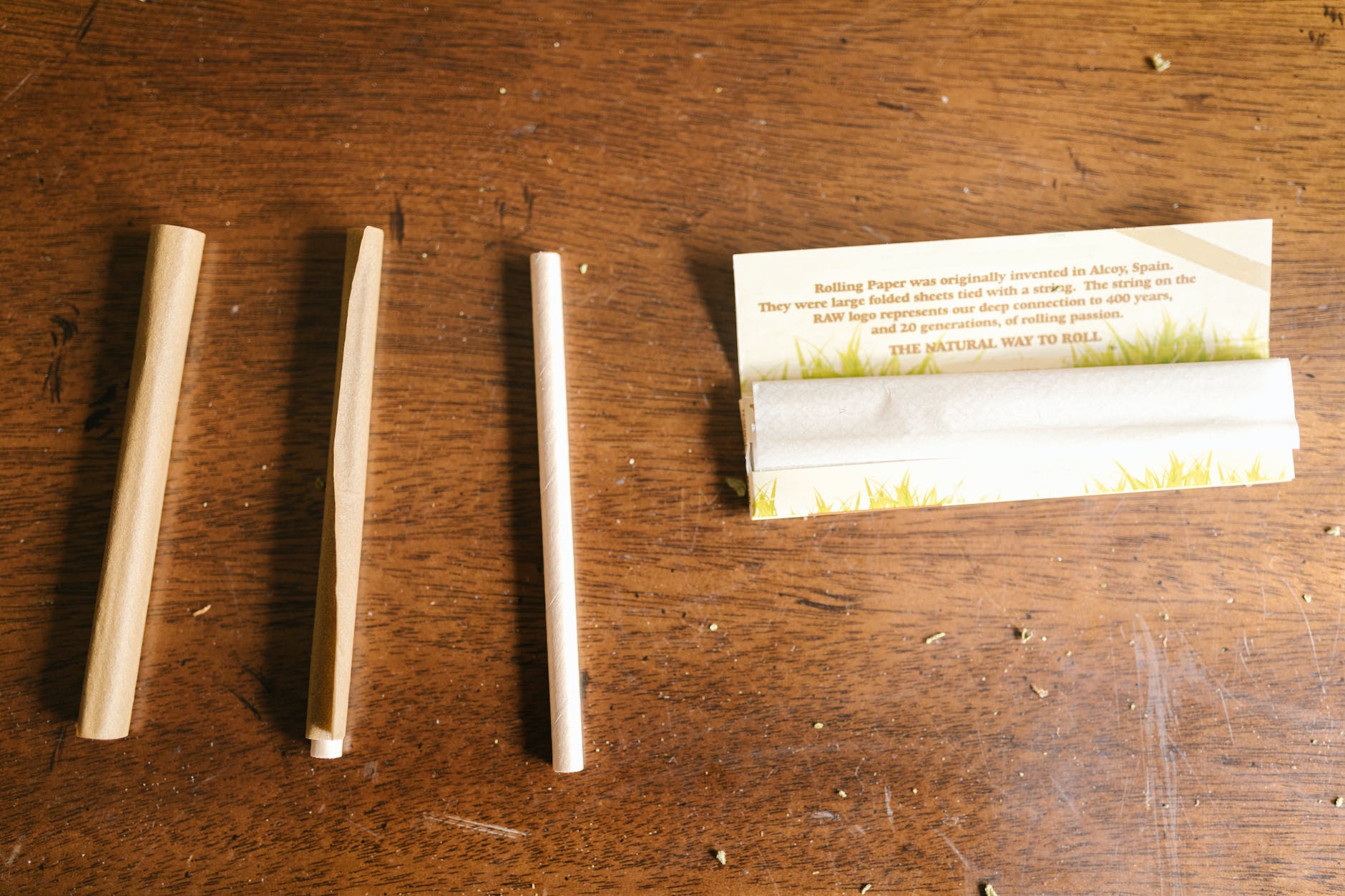The use of cannabis as a source of artistic inspiration has a long and storied history, dating back well before the hipsters of today started experimenting with it. Many famous artists and writers, including the likes of Salvador Dali, Bob Marley, and William S. Burroughs, have employed cannabis strains as a means of enhancing their creativity levels. This article will delve into the science behind cannabis and creativity, exploring the differences between THC and CBD content, as well as sativa vs. indica strains, and detailing how different artistic disciplines may benefit from using the plant in their creative process.
The relationship between cannabis and artistic expression lies in the compound’s ability to alter one’s brain chemistry. Studies suggest that when a person consumes cannabis, particularly strains with higher THC content, it enhances sensory perception, making them more aware of colors, sounds, and textures. This heightened sensory experience can ultimately encourage new connections and ideas within the brain, creating an environment ripe for creativity.
This begs the question: What is the primary distinction between THC vs. CBD in cannabis? THC, or tetrahydrocannabinol, is the psychoactive compound that produces the famous “high” that recreational users enjoy, and is the primary component responsible for boosting creativity. CBD, or cannabidiol, is a non-psychoactive compound that does not produce a high and is known for its therapeutic qualities, such as relieving pain and anxiety. Generally, cannabis strains with higher THC content are more closely associated with increased creativity.
So what about sativa vs. indica strains? While both types of cannabis can, in theory, boost creativity, sativa strains are typically regarded as a more effective option for fueling one’s artistic side. Sativa strains generally have a higher THC-to-CBD ratio, leading to an energizing and uplifting effect that boosts mental stimulation and focus on the task at hand. On the other hand, indica strains are typically more soothing and relaxing, with a higher CBD-to-THC ratio, making them more suitable for relaxation and combating anxiety rather than energizing the creative mind.
While it is easy to assume a high-THC sativa strain will almost always be the most effective for boosting creativity levels, personal preferences and individual tolerance to cannabis must be taken into account. It is suggested that experimenting with various strains and ratios is the best way to determine which cannabis strains work best for an individual’s unique artistic process.
Over the years, many famous artists and writers have employed cannabis for its creativity-enhancing properties. American author Maya Angelou openly spoke about writing while high and credited the plant for providing her with a sense of perspective and transcending her inhibitions. The legendary painter Salvador Dali also turned to marijuana to enhance his surreal and hallucinogenic artistic creations. The famed beat poet Allen Ginsberg utilized cannabis for inspiration throughout his life and became an advocate for its legalization, even penning an essay titled “The Great Marijuana Hoax.”
While cannabis has proven to be a useful creativity tool for some artists, others experience quite the opposite effect. The paranoia and anxiety induced by high-THC strains can potentially interfere with the creative flow of specific individuals, which is why cannabis should be approached with caution and respect for one’s tolerance level.
To incorporate cannabis into one’s creativity techniques, it’s essential to remember the following points:
1. Experimentation is key – Try different strains and ratios to find the ideal balance that enhances your creativity without causing paranoia or an unwelcome head high.
2. Microdosing – Don’t overdo it. Cannabis consumption should be tailored to individual tolerance, with microdosing recommended as an excellent starting point.
3. Create a comfortable and stimulating environment – a workspace with ample light, color, and inspiring elements that cater to all senses can further accentuate the cannabis experience.
In conclusion, cannabis has played a significant role in the creative process of countless artists, writers, and musicians for centuries. Understanding the relationship between THC, CBD, sativa, and indica strains can help one explore their artistic potential and find the right balance for a productive and inspired mind. While cannabis consumption is not a one-size-fits-all solution for unlocking creativity, it has been a steadfast companion for many, encouraging them to push boundaries and explore new ideas, ultimately making the world a more vibrant and imaginative place.

